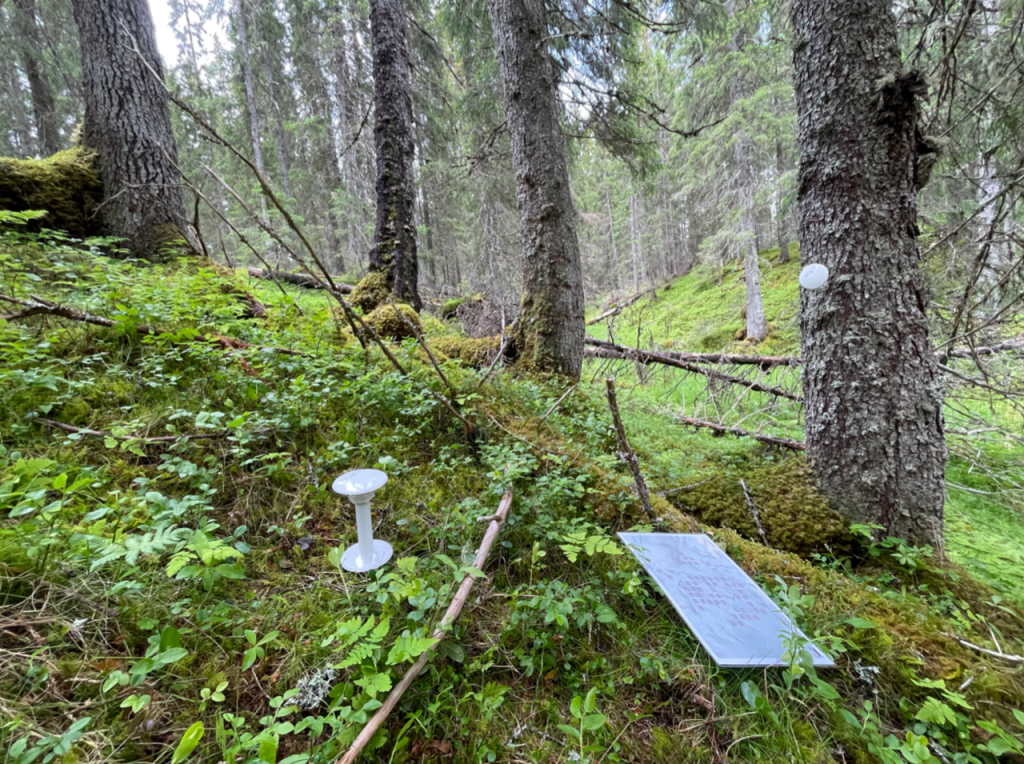Understanding the role and interplay of forest microclimates for successfully balancing productivity and biodiversity among Nordic forest landscapes (ForestMicroClim)
Coordinator: Robert John Lewis, robert.lewis(at)nina.no, NIBIO
Funding: 900 000 SEK
Duration: 2022–2024
 This project focuses on forest microclimates and forest biodiversity within productive and non-productive forest stands throughout Scandinavia. The aim is to better understand the role forest microclimates play in modulating biotic responses to both macroclimatic warming and land-use.
This project focuses on forest microclimates and forest biodiversity within productive and non-productive forest stands throughout Scandinavia. The aim is to better understand the role forest microclimates play in modulating biotic responses to both macroclimatic warming and land-use.
- We will explore microclimate heterogeneity along gradients of management intensity.
- We will explore the efficacy of downscaling methodologies among forest systems.
- And, we aim to investigate how the contrast between macro and microclimates translates in terms of understory biodiversity and ecosystem functioning (productivity).
- Ultimately, our motive is to address how biodiversity and productivity can be successfully balanced through considering forest microclimate as a vital ecosystem service in-itself.
We also aim to improve and simplify the findability and accessibility of forest microclimate data. Scientists are increasingly challenged to address broad-scale priority questions and the questions raised in this application typify those asked at a global scale e.g.
- How will ecological change manifest?
- How will it vary throughout space?
- And what will be the impact to ecosystems, their functions and their services which human societies depend upon?
In this endeavour, scientists increasingly require findable and accessible (FA) broad-scale data, i.e. data necessary for improving our understanding of the distribution and patterns of biological diversity.
In recent years, data repositories and in-turn open data has dramatically increased . It ought to have revolutionised the way science is conducted, but findability and accessibility remain a major hurdle. To improve the findability and accessibility of forest microclimate data we will explore the utility of a decentralized forest microclimate network for automated storage and management and the benefits of transparent and immutable data flows.



